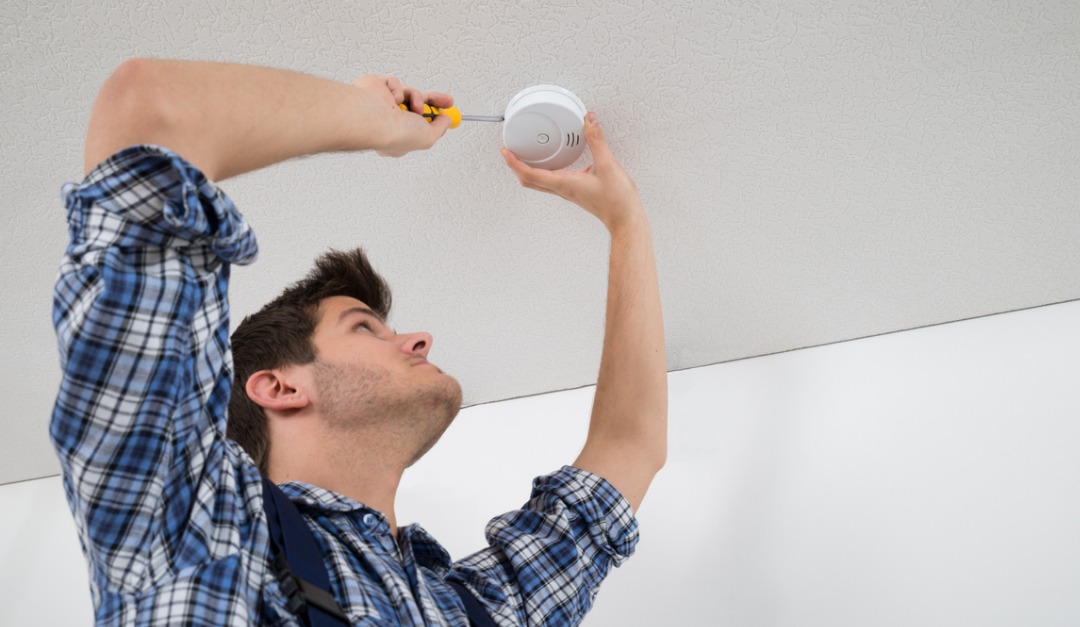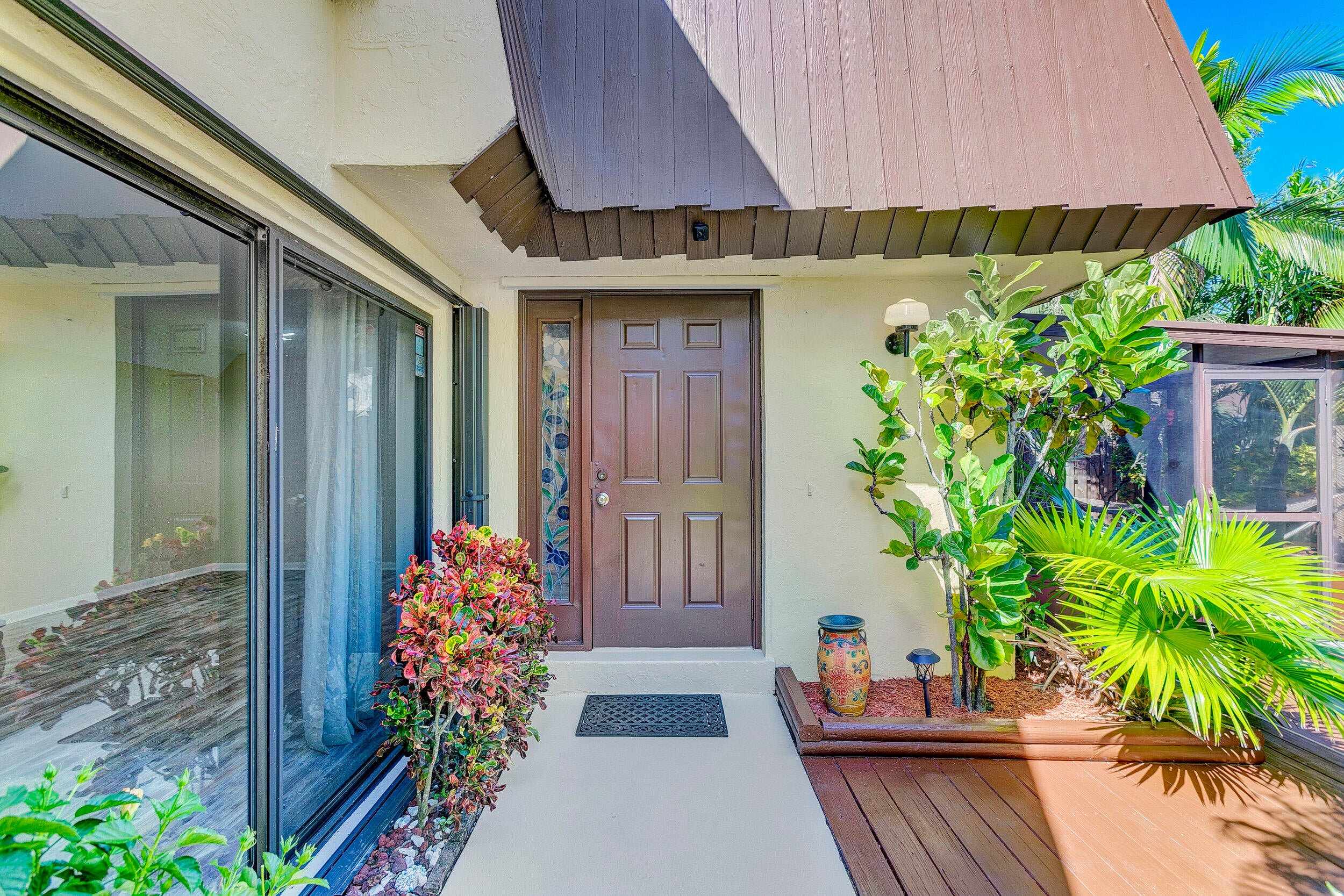
How to Protect Your Household From Carbon Monoxide
You’ve likely heard of carbon monoxide (CO) and that it’s dangerous, but what is it—and how can you protect yourself and your family from it at home?
CO is a colorless, odorless gas produced when carbon-based fuels, such as propane, natural gas and wood, are burned. The gas can become extremely hazardous when it builds up indoors and someone breathes it in. The most common symptoms of CO poisoning are headache, fatigue, dizziness, nausea and vomiting, trouble breathing, and confusion. However, severe CO poisoning can make you fall unconscious and even lead to death, which is why the mostly undetectable gas is often referred to as an “invisible killer.”
If you use fuel-burning appliances improperly or have faulty equipment, your home might be at risk. To help prevent CO poisoning, the U.S. Consumer Product Safety Commission (CPSC) offers the following tips:
- Install a CO alarm in the hallway near every separate sleeping area of the home. Make sure the alarm is certified to UL safety standards and can’t be covered up by furniture or draperies. Although alarms are important and provide added protection, CPSC notes that they’re no substitute for proper use and upkeep of appliances that produce CO.
- Make sure appliances are installed and operated according to the manufacturer’s instructions and local building codes. Most appliances should be installed by qualified professionals. Have the heating system professionally inspected and serviced annually to ensure proper operation. The inspector should also check chimneys and flues for blockages, corrosion, partial and complete disconnections, and loose connections.
- Never service fuel-burning appliances without proper knowledge, skill and tools. Always refer to the owner’s manual when performing minor adjustments or servicing fuel-burning equipment.
- Never operate a portable generator or any other gasoline-powered tool either in or near an enclosed space, including the garage and house. Even with open doors and windows, these spaces can trap CO and allow it to quickly build to lethal levels.
- Never burn charcoal inside a garage or home.
- Never leave a car running in an attached garage, even with the garage door open.
- Never use gas appliances such as ranges, ovens, or clothes dryers to heat your home.
- Never operate unvented fuel-burning appliances in any room where people are sleeping.
- Don’t cover the bottom of natural gas or propane ovens with aluminum foil. Doing so blocks the combustion air flow through the appliance and can produce CO.
- During home renovations, ensure that appliance vents and chimneys aren’t blocked by tarps or debris. Make sure appliances are in proper working order when renovations are complete.
If your CO alarm goes off or you think you’re experiencing any CO poisoning symptoms, get outside to fresh air immediately and call 911. For more safety tips, visit CPSC.gov.



